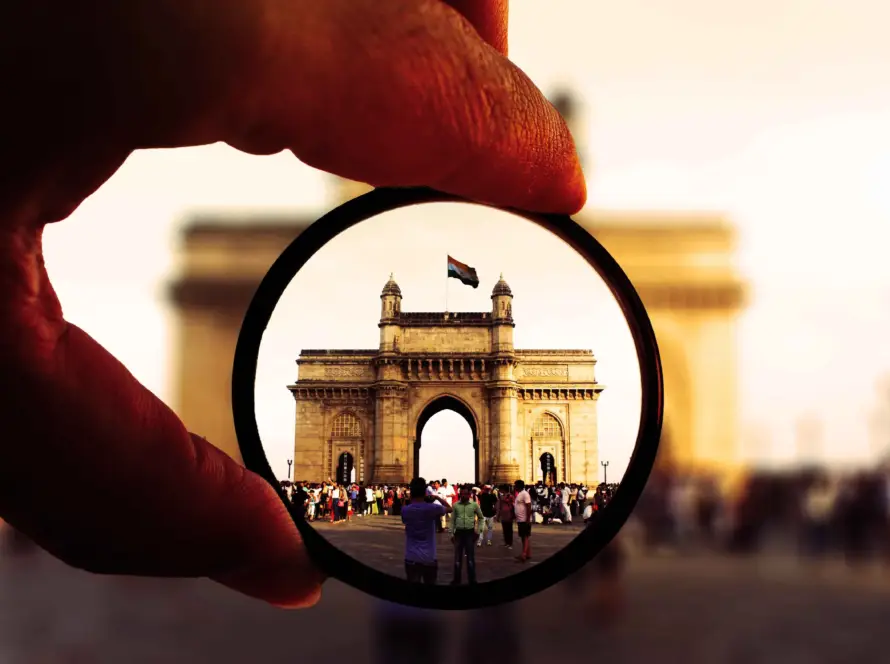Generated by Contentify AI

The caste system in India holds a significant place in the country’s social structure. This age-old system categorizes individuals into different social groups based on their birth, determining their societal roles and interactions. Historically, the caste system was rigid, hierarchical, and deeply ingrained in various aspects of Indian society. Members of higher castes enjoyed privileges and power, while those from lower castes faced discrimination and limited opportunities. Despite efforts to abolish the caste system, its influence can still be seen in contemporary India, albeit in a more subtle form.
Over the years, societal changes and legal reforms have aimed to address the injustices perpetuated by the caste system. The Indian Constitution prohibits discrimination based on caste and promotes equality among all citizens. Government initiatives such as affirmative action policies, known as reservations, have been implemented to provide opportunities for marginalized caste groups in education and employment. While these measures have contributed to some progress, challenges remain in fully eradicating the deep-rooted prejudices associated with caste.
Understanding the complexities of the caste system in India requires a nuanced perspective that considers its historical context and modern-day implications. By examining the past and present perspectives, we can appreciate the efforts made towards a more inclusive and equitable society. Recognizing the impact of the caste system can lead to continued dialogue, awareness, and actions aimed at promoting social justice and equality for all individuals, regardless of their caste background.


